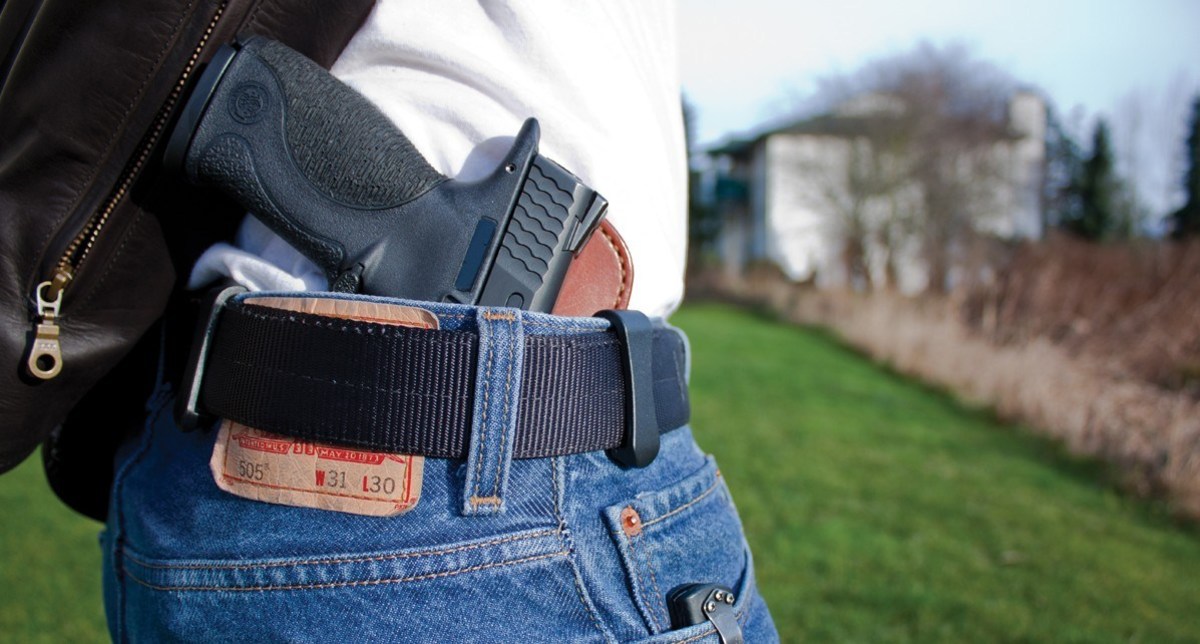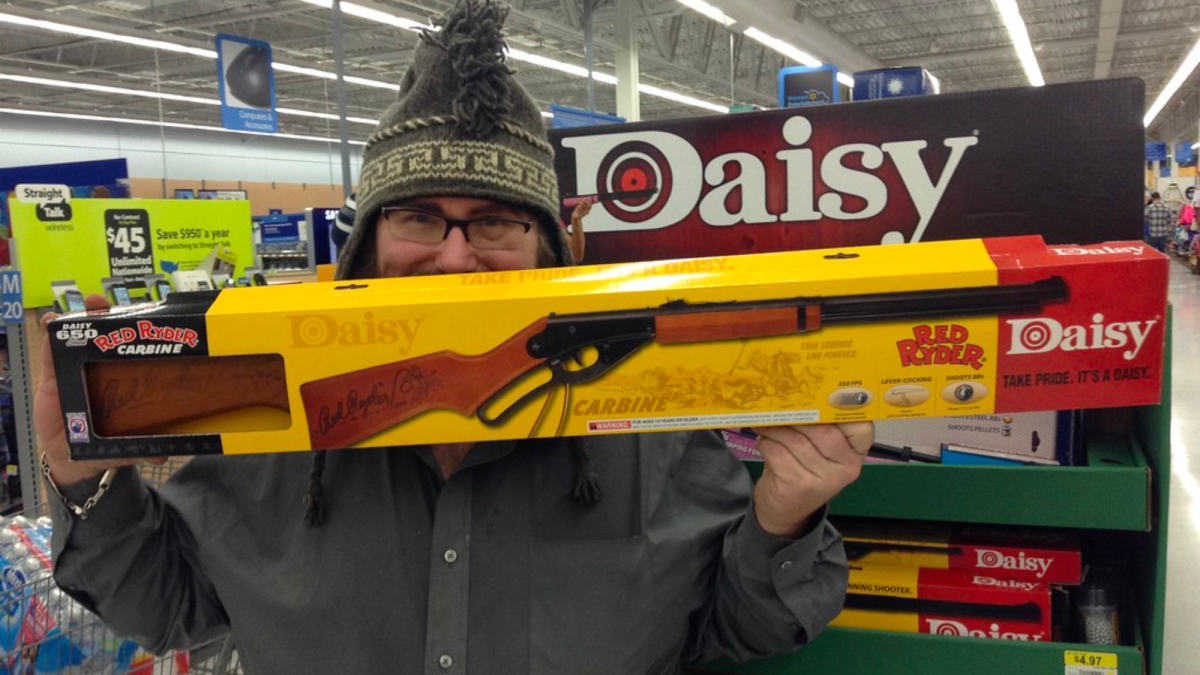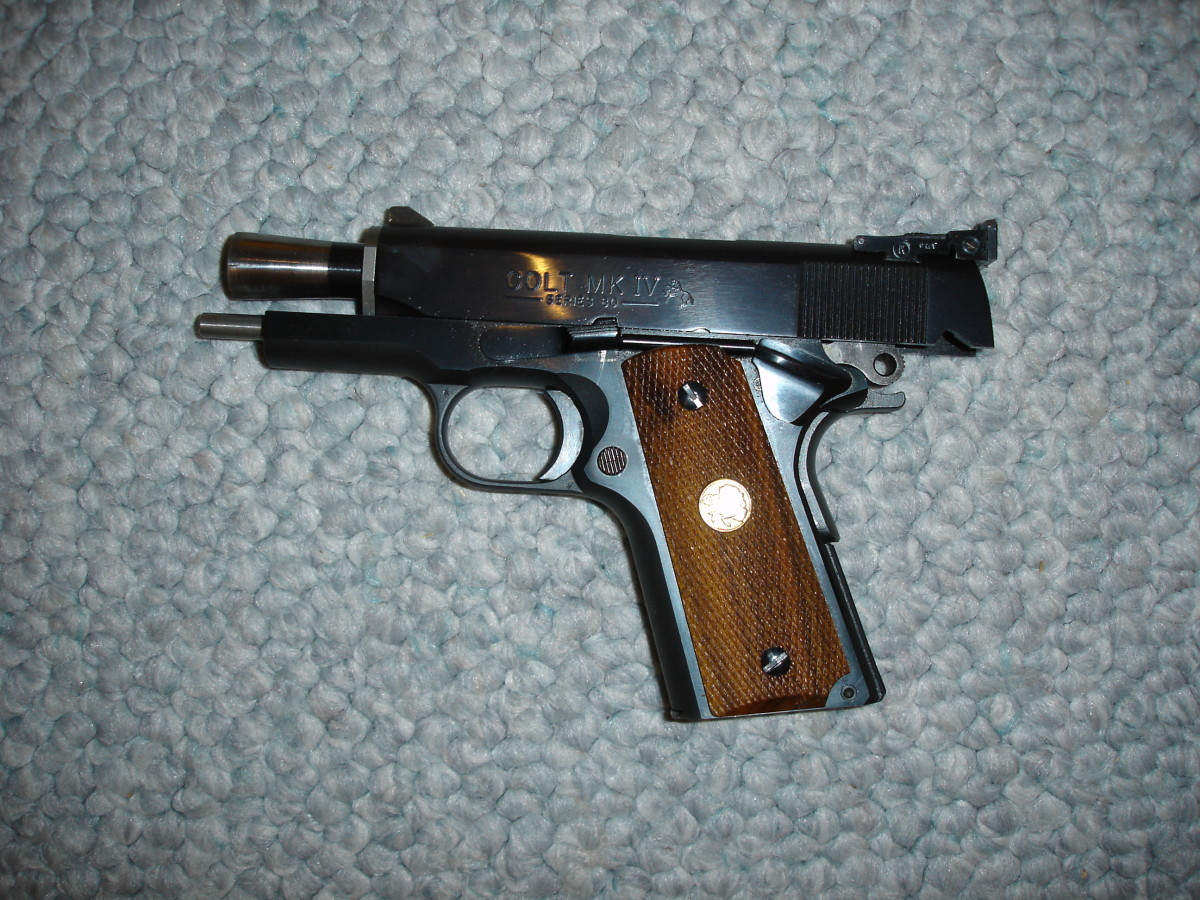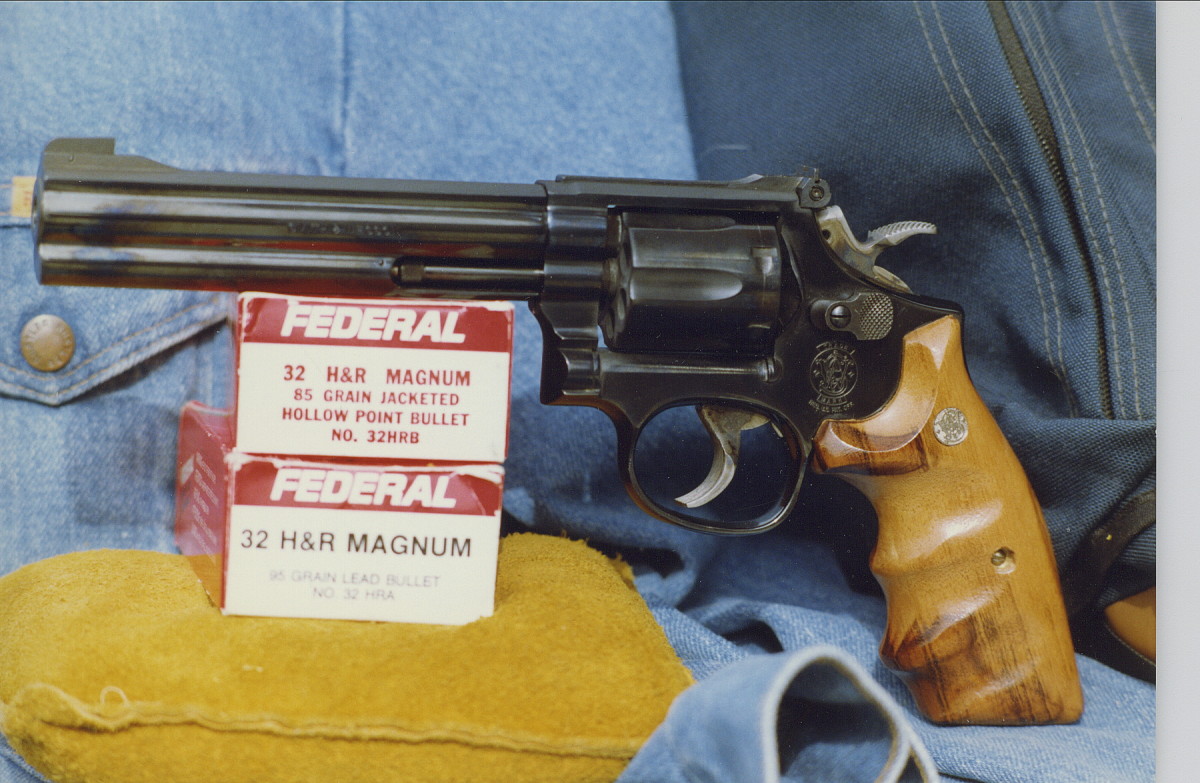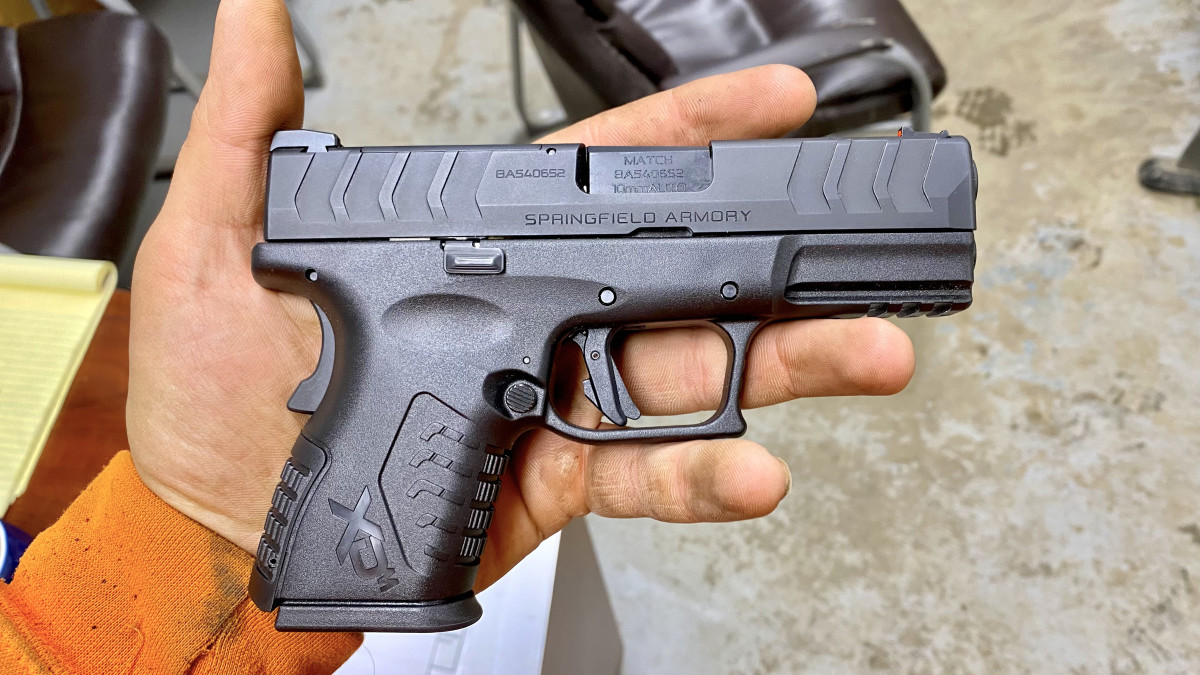- HubPages»
- Sports and Recreation»
- Hunting & Shooting»
- Guns & Accessories
Concealed Carry of Firearms - Gun Safety
The first order of business when learning about firearms is to learn proper and safe gun handling. This, along with proper storage, will ensure a lifetime of safe, accident free gun ownership.
There are four BASIC rules of gun safety. They are designed so that violation of any one rule will result in no harm to people or property. If two or more are violated, then the chances are high that someone or something will be harmed. The four basic rules are:
1. Always keep the barrel pointed in a safe direction. Don’t point it at anything that you don’t intend to shoot.
2. Always treat every gun as if it were loaded.
3. Know your target and what is beyond and behind it.
4. Keep your finger off of the trigger until ready to shoot.
I want to discuss each in more detail than what you normally see so let's take a close look at each one.


1. Always Treat Every Gun As If It Were Loaded
NEVER assume a gun is unloaded; a lot of people have been shot with “unloaded” guns. Even if you've checked it five times to make sure it’s unloaded, handle it as if it is loaded. If you get into the habit of handling unloaded guns carelessly, you are likely to engage in those same bad habits when handling a loaded gun.
When handing a firearm to another person, always check that it is unloaded and hand it to them with the action open. Having the action open means that you can see into the chamber. Leave the cylinder swung out on a revolver, or the slide locked back on a pistol. After that is done, hand the gun to the other person while holding it in a non-firing grip with the muzzle pointing up or down.
Once the other person has taken possession, they too should check that it is unloaded. Don’t be offended by this, it is the mark of a safe, experienced gun handler. Some of the worst gun handling you’ll see is in gun shops, so if you handle a gun in this manner in a gun shop, the salesperson will be relieved, surprised, and impressed.
If someone hands a gun to you without following this procedure, the first thing you should do is check to make sure it is unloaded.
NOTE: It’s extremely important to understand that a pistol is not unloaded if the magazine is simply removed. The slide must be racked to eject any live round that may be in the chamber.
2. Always Keep the Barrel Pointed In a Safe Direction
Doing so ensures that if the gun were to discharge for any reason, no one will be hurt. This is what most people who are new to firearms have the most trouble with, especially with handguns because of their smaller size compared to rifles and shotguns.
When you are at a formal range or just target shooting outdoors somewhere, the barrel should always be pointed downrange, whether it’s in your hands, or on a table. If you stop shooting to talk to someone, point the muzzle downrange and slightly towards the ground or floor and keep your body facing downrange, and just turn your head to talk to the person. When transporting guns to and from houses and vehicles, keep the muzzle pointed straight up or down.
When teaching someone to shoot, stand directly behind them so you can issue verbal instructions and put your hands on their shoulder if necessary to keep them from turning around. This keeps you in a position to correct or prevent any other unsafe actions. I learned this the scary way, you don’t have to learn it that way.

3. Know Your Target and What Is Beyond and Behind It.
At a formal range this is already in place. When target shooting at places other than a formal range, it is important to choose a place that provides a backstop of some kind. This can be a mountain or hill, earth berm, a garbage pile at a garbage dump, a log pile, etc.
Make sure you know what is behind your target. There was a small child in Arizona that was shot at a popular shooting area on state land when he wandered downrange and stood behind a cardboard target. When you’re out with family and friends, always know where everybody is before you start shooting.
It’s a good idea to layout the rules when you arrive, even if everyone present are experienced shooters. Make sure that everybody is aware of the direction of fire, where the shooting line is, and what the procedure will be to go downrange to replace or retrieve targets. My typical rules are that before anybody goes downrange, all guns must be unloaded with actions open and placed on a table, tailgate, etc. or holstered. If there are three or more people, I also limit the number of shooters to one person at a time unless a specific arrangement is made for two or more to shoot at one time.
This rule also applies to a self-defense shooting. If there are people behind your attacker, then your situation gets a lot more complicated. Once that bullet leaves the barrel, you’re responsible for whoever and whatever it hits.

4. Keep Your Finger Off Of The Trigger Until You Are Ready to Shoot
Your trigger finger should rest along the side of the gun parallel with the barrel. This should be practiced to the point that it becomes automatic. When you stop shooting, for any reason, that finger should come out of the trigger guard and be on the side of the gun.
I was at an outdoor range recently when an urgent cease fire was called just a couple of seconds after the range went “hot”. Hot means that live fire has resumed. I noticed a couple of seconds later that my finger was out of the trigger guard resting alongside my rifle but I didn’t remember doing it. That’s when you know that it has become automatic.

A Rule With a Caveat
The NRA promotes three rules, one of which is: "Always keep every gun unloaded until ready to shoot." Manufacturers make the same statement in the owner's manuals. The lawyers make them include this; the only place that this rule holds water in the real world is while target shooting.
Sorry, but I just can't buy into this one. For concealed carry or home defense, this rule will get you killed. Loading takes time. Also, when the adrenaline starts flowing, you lose your fine motor skills. Not a good time to be fumbling with magazines or trying to insert rounds into the chambers of a revolver.
Practice the four universally accepted rules detailed above and you will not have any problems. My home defense shotgun and carry guns are always loaded unless I'm cleaning them, showing them to friends and family, or teaching someone.
Those of you with children will need to properly secure your guns of course, but they can still remain loaded. There are ways to safely and securely store a loaded firearm and still allow fast access using minimal fine motor skills. Please see my article on safe storage
Any of my guns that are not used for self-defense such as hunting and plinking guns are stored unloaded; those are all in my large safe. (I still handle them as if they are loaded however.) I have a small safe for my carry guns and everything in that safe is loaded. If children or other visitors are in my home, I carry concealed.
Summary
So those are the 4 BASIC rules. Each of them is very easy in concept. However, they all require practice, practice, and more practice until they become so ingrained that they're as natural as breathing.
There are other rules that you'll need to know to become a proficient gun owner and I'll cover those in another article. These four however will get you to the point that you can safely handle a firearm.

